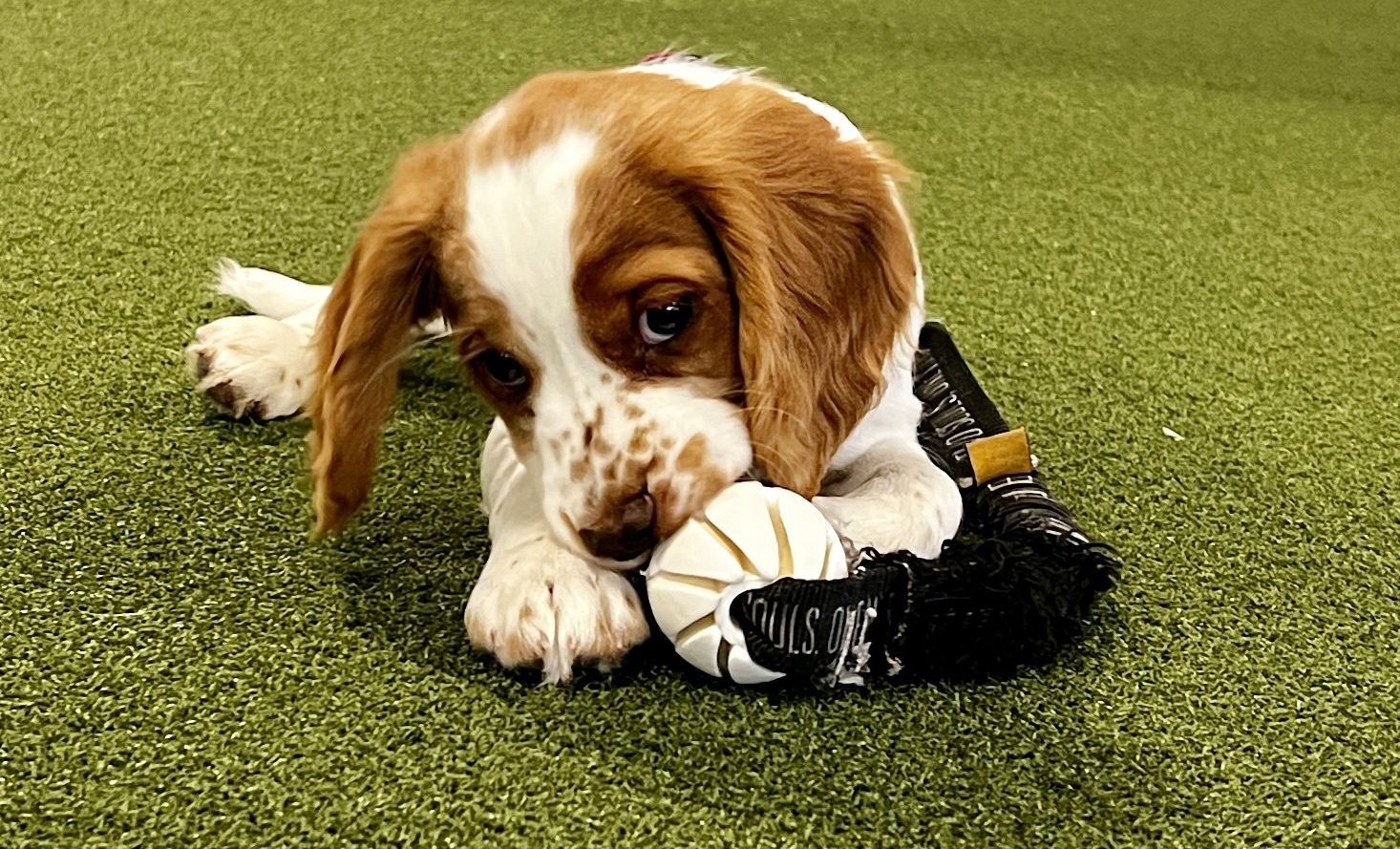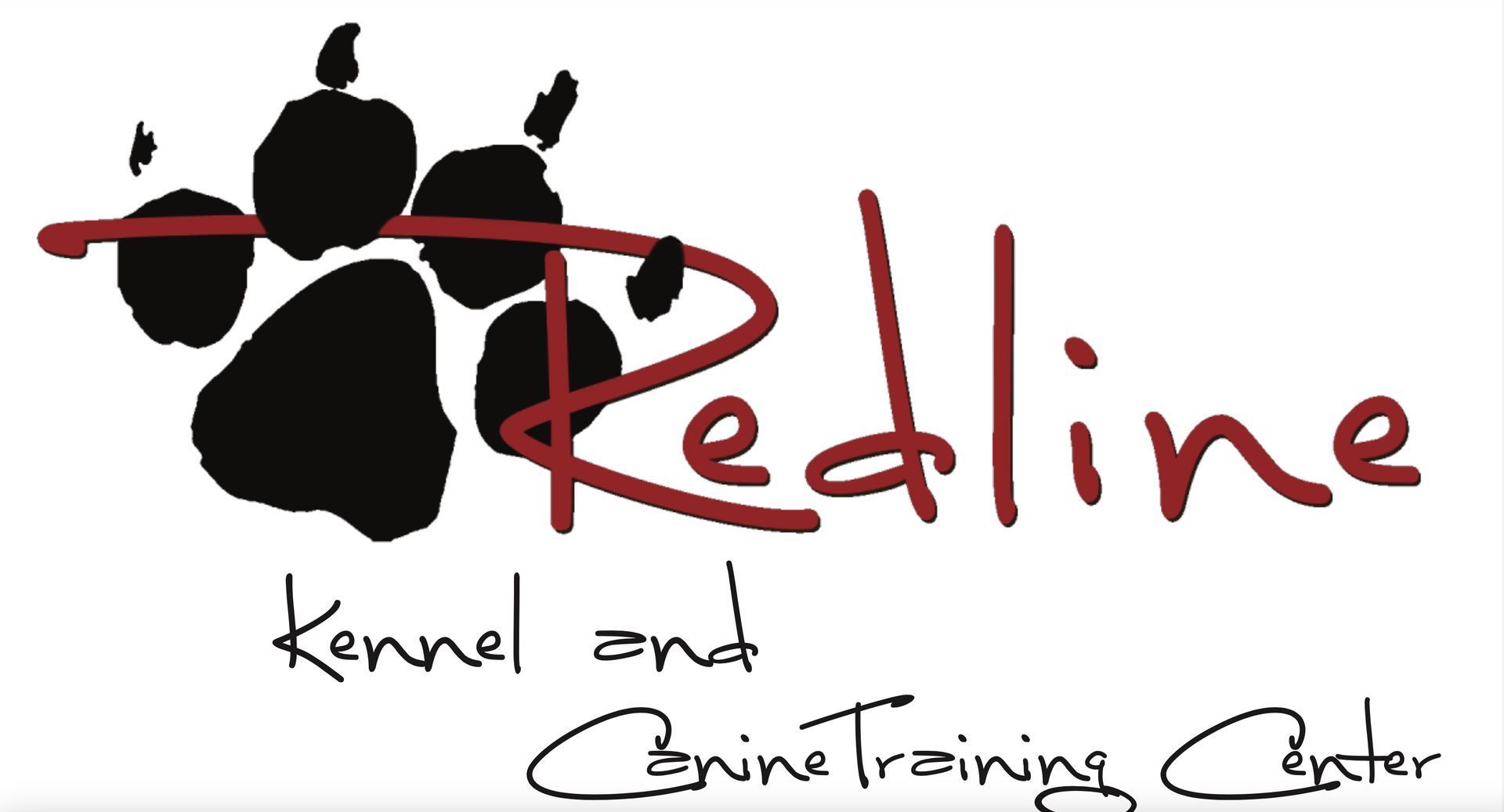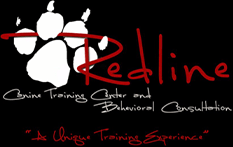Dog Gone Green Coach!

Doggone It, My Dog Is Broken
Why Doesn’t My Dog Listen Sometimes?
In an ideal world, we’re always using our training at the right moments in the right ways. Our timing is perfect; we’re never late on a reward; the right type of reward is always given; our dog understands the correct cues associated with the behavior chain every time and responds accordingly.
In our day-to-day life, this rarely happens.
Did you know it takes humans 21 days to create a habit? Repeating a single activity every day takes 21 days to rewire our human brains. Yet we often expect our dogs to learn and wire their brains in a matter of days or in extreme cases, hours. In a dedicated training session, with the right level of precision for all of the above-noted requirements, a dog can indeed learn very quickly; yet a consistent response from your dog is only as good as your training consistency.
If you’re having trouble with your dog responding a cue, it’s time to take a step back. It’s time to really look at every element of the cue, the behavior chain, the details in your dog’s response, and the frequency of your cue/reinforcement.
There are a number of factors (alone or in combination) that can be causing a problem, but two common causes are cue confusion and not enough reinforcement. These are a great place to start troubleshooting the problem; if a deeper look at these don’t help you and your dog progress, you should then start looking at more complex factors, such as competing motivators, distractions, anxiety/stress, and more.
CUE CONFUSION
When we train a cue, there are many elements that get built into the cue without us realizing it – the details matter. It might be a shift in our shoulder or a specific way we move our hand. The environment itself becomes part of the cue. The lure, if we’re using one, becomes part of the cue. All of those together contribute to the behavior chain, and when we’re training, if we miss fading out an element we don’t want as part of the cue, the dog doesn’t understand what we’re really asking when we give the cue without it. This miscommunication can frustrate both you and the dog, which in turn can increase of the likelihood of adding other undesirables to the cue and related behavior chain.
This most commonly happens when we’re training something “easy” or it seems like the dog is progressing quickly something new. The solution? Go through each step of how you trained the cue and see if you missed fading out something. For example, does your dog only lay down with a lure? Does your dog lay down with a “down” hand motion, but only when you put your hand closer to the ground so you’re partly leaning forward or dropping your shoulder? Or only with a large motion but not a small? Identify the disconnect and revert your training back to that step.
Here, it helps to understand your expectation as well. If your goal is to only use a slight hand motion or verbal only as the cue, you may have a little more work to get there. Always make sure you are properly marking desired movement in the right direction using shaping techniques and reinforcing when the dog meets your expectations.
NOT ENOUGH REINFORCEMENT
As much as we’d like to deny it, our dogs don’t work for the pleasure of making us happy. They don’t work for free. They do it in hopes of getting their favorite reinforcers: treats, toys, food, smells, attention, and more. We want to teach our dogs a command, have them always execute, and have a “good dog” be sufficient. But if a dog isn’t getting enough reinforcement for a cue – either in frequency or value – the dog will eventually stop responding.
Keep in mind, this doesn’t mean we should be constantly stuffing our dog full of treats. Use a varying reinforcement schedule, not on a regular cadence. Reward the first time, the fifth time, the seventh time, the thirteenth time, and so on. Think of it like gambling! You know you’re going to get the bonus spins or the jackpot eventually, right? Your dog is the same! They put a “coin” in the slot machine and sometimes they get a payout, but they never know when, so they keep putting in coins.
If you’re dog knows a cue clearly and stops responding, think about how often you’re reinforcing and what reinforcer you’re using. Increase the frequency at first, and then decrease the frequency gradually while maintaining that variable schedule. If increasing the frequency isn’t giving you results, think about the value of your reinforcer and if it needs to change. For example, a release to sniff in a new environment is a very high-value rewards for many dogs.
Remember, like people, it takes dogs time, repetition, and consistency to create a well-conditioned response.


